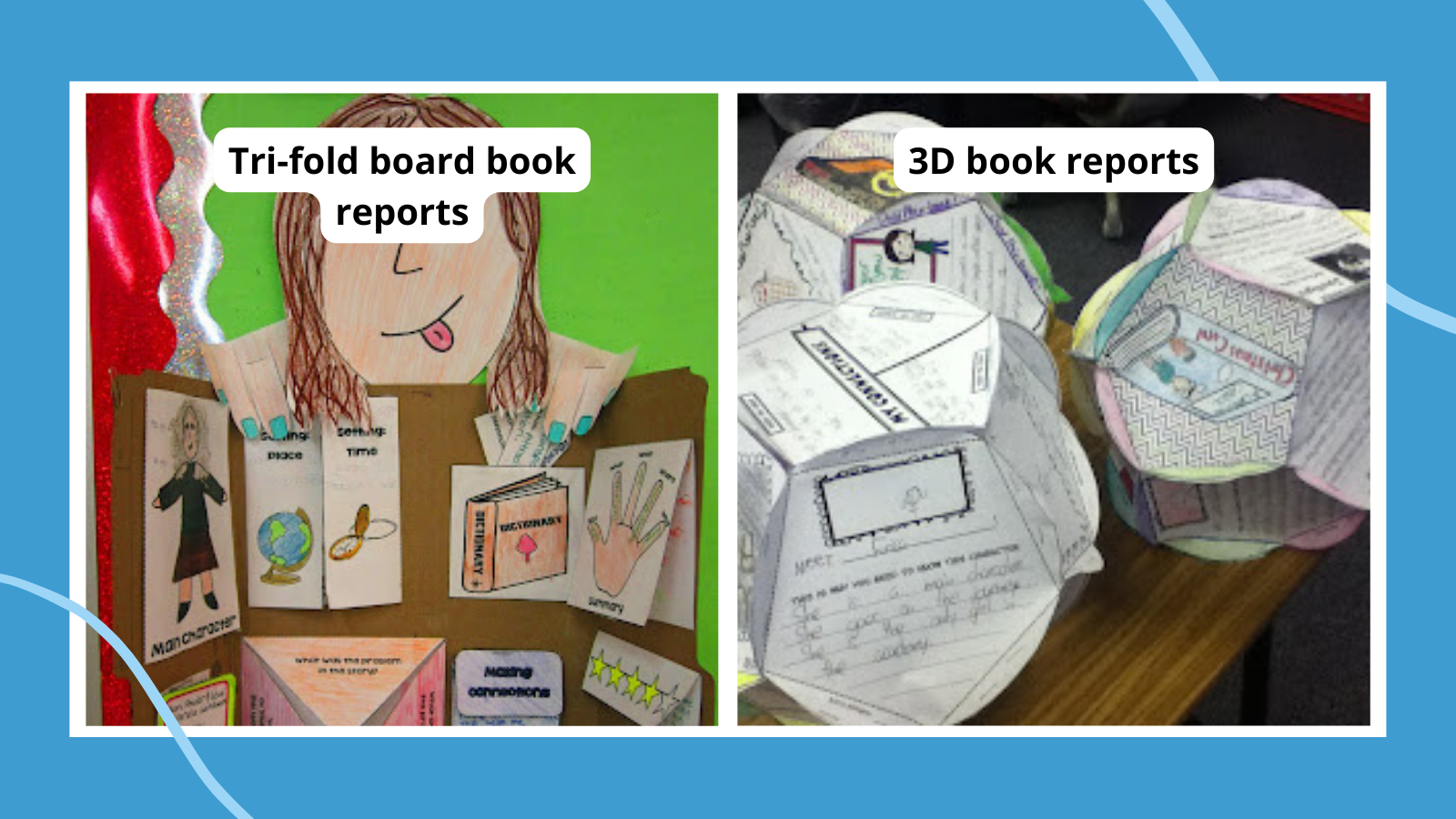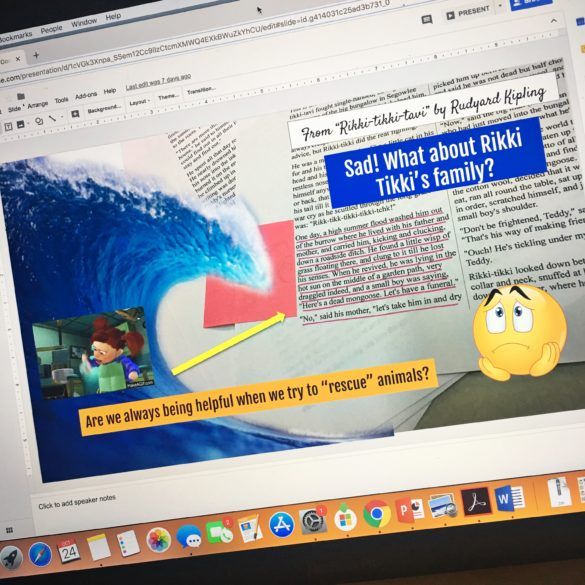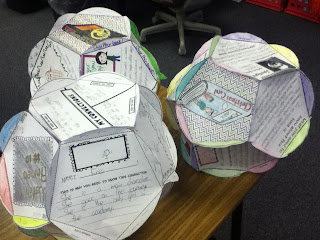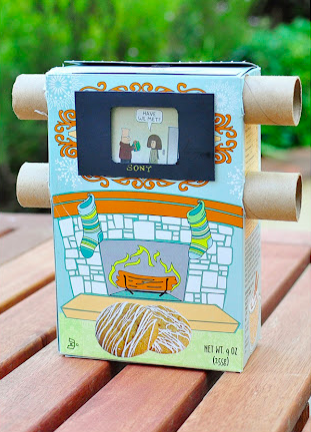Responding to what you read is an important literacy skill. Reading about other people’s experiences and perspectives helps kids learn about the world. And although students don’t need to dive deeply into every single book they read, occasionally digging into characters, settings, and themes can help them learn to look beyond the prose. Here are 42 creative book report ideas designed to make reading more meaningful.
2. Graphic Novel
Have students rewrite the book they are reading, or a chapter of their book, as a graphic novel. Set parameters for the assignment such as including six scenes from the story, three characters, details about the setting, etc. And, of course, include detailed illustrations to accompany the story.
4. Diary Entry
Have your students place themselves in the shoes of one of the characters from their book and write a first-person diary entry of a critical moment from the story. Ask them to choose a moment in the story where the character has plenty of interaction and emotion to share in a diary entry.
6. Book Jacket
Have students create a new book jacket for their story. Include an attractive illustrated cover, a summary, a short biography of the author, and a few reviews from readers.
8. Fictional Yearbook Entries
Ask your students to create a yearbook based on the characters and setting in the book. What do they look like? Cut out magazine pictures to give a good visual image for their school picture. What kind of superlative might they get? Best looking? Class clown? What clubs would they be in or lead? Did they win any awards? It should be obvious from their small yearbooks whether your students dug deep into the characters in their books. They may also learn that who we are as individuals is reflected in what we choose to do with our lives.
10. Current Events Comparison
Have students locate three to five current events articles a character in their book might be interested in. After they’ve found the articles, have them explain why the character would find them interesting and how they relate to the book. Learning about how current events affect time, place, and people is critical to helping develop opinions about what we read and experience in life.
12. Book Alphabet
Choose 15 to 20 alphabet books to help give your students examples of how they work around themes. Then ask your students to create their own Book Alphabet based on the book they read. What artifacts, vocabulary words, and names reflect the important parts of the book? After they find a word to represent each letter, have them write one sentence that explains where the word fits in.
14. Act the Part
Have students dress up as their favorite character from the book and present an oral book report. If their favorite character is not the main character, retell the story from their point of view.
16. Bookmark
Have students create a custom illustrated bookmark that includes drawings and words from either their favorite chapter or the entire book.
18. Reading Lists for Characters
Ask your students to think about a character in their book. What kinds of books might that character like to read? Take them to the library to choose five books the character might have on their to-be-read list. Have them list the books and explain what each book might mean to the character. Post the to-be-read lists for others to see and choose from—there’s nothing like trying out a book character’s style when developing your own identity.
20. Collage
Create a collage using pictures and words that represent different parts of the book. Use old magazines or print pictures from the Internet.
22. Timeline
Have students create a timeline of the main events from their book. Be sure to include character names and details for each event. Use 8 x 11 sheets of paper taped together or a long portion of bulletin board paper.
24. Public Service Announcement
If a student has read a book about a cause that affects people, animals, or the environment, teach them about public service announcements. Once they understand what a PSA is, have them research the issue or cause that stood out in the book. Then provide a template for a storyboard so they can create their own PSA. Some students might want to take it a step further and create a video based on their storyboard. Consider sharing their storyboard or video with an organization that supports the cause or issue.
26. Character Cards
Make trading cards (like baseball cards) for a few characters from the book. On the front side, draw the character. On the back side, make a list of their character traits and include a quote or two.
28. Fact Sheet
Have students create a list of 10 facts that they learned from reading the book. Have them write the facts in complete sentences, and be sure that each fact is something that they didn’t know before they read the book.
30. Be a Character Therapist
Therapists work to uncover their clients’ fears based on their words and actions. When we read books, we must learn to use a character’s actions and dialogue to infer their fears. Many plots revolve around a character’s fear and the work it takes to overcome that fear. Ask students to identify a character’s fear and find 8 to 10 scenes that prove this fear exists. Then have them write about ways the character overcame the fear (or didn’t) in the story. What might the character have done differently?
34. Letter to the Author
Write a letter to the author of the book. Tell them three things you really liked about the story. Ask three questions about the plot, characters, or anything else you’re curious about.
36. Board games
This is a great project if you want your students to develop a little more insight into what they’re reading. Have them think about the elements of their favorite board games and how they can be adapted to fit this assignment.
38. Timeline
Create a timeline using a long roll of butcher paper, a poster board, or index cards taped together. For each event on the timeline, write a brief description of what happens. Add pictures, clip art, word art, and symbols to make the timeline more lively and colorful.
40. Movie Version
If the book your students have read has been made into a movie, have them write a report about how the versions are alike and different. If the book has not been made into a movie, have them write a report telling how they would make it into a movie, using specific details from the book.
42. Wheaties Box Book Report
Recycle a cereal box and create a book report to look like an old-fashioned Wheaties box which featured sports heroes. Include a main image on the front side of the box. Decorate the sides of the box with information about the book’s characters, setting, plot, summary, etc.






















